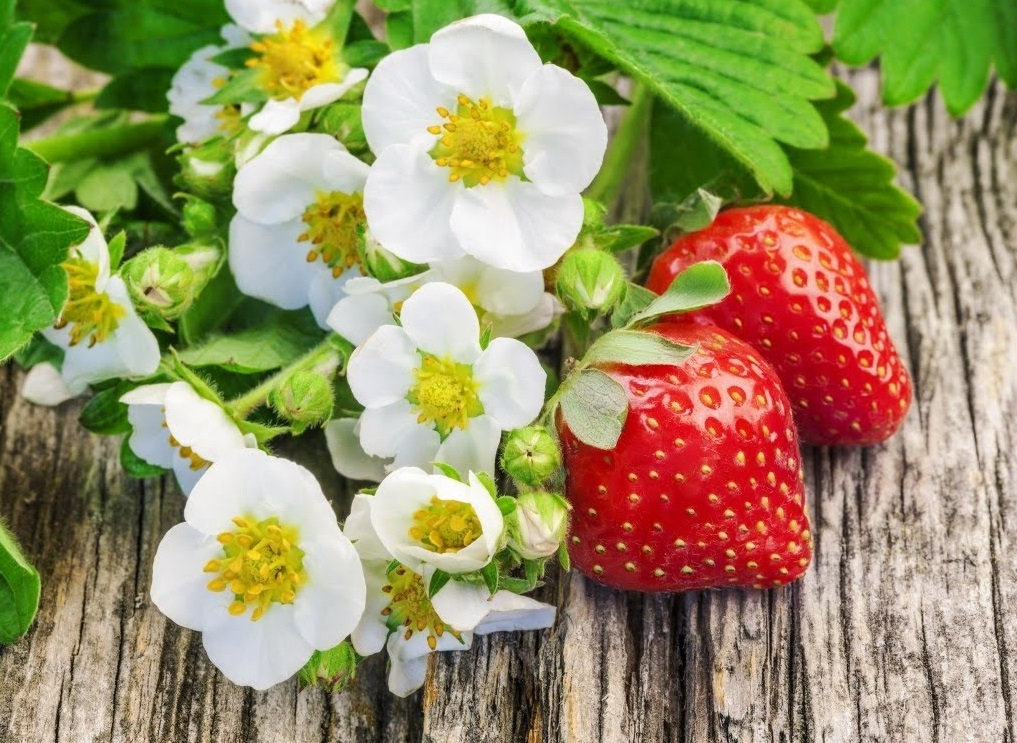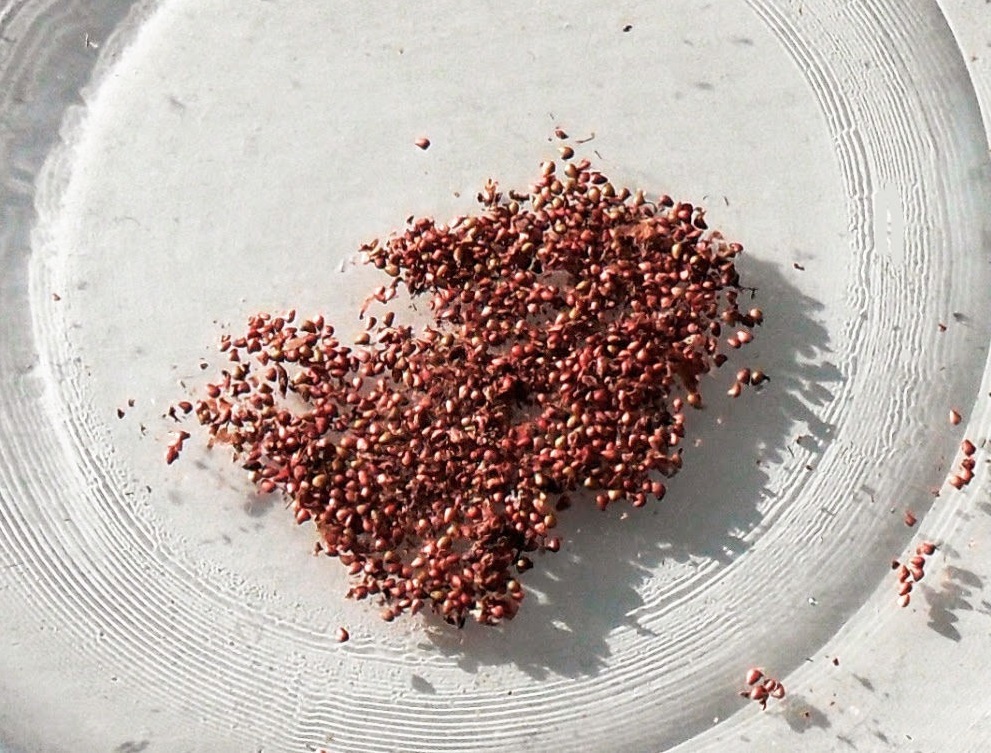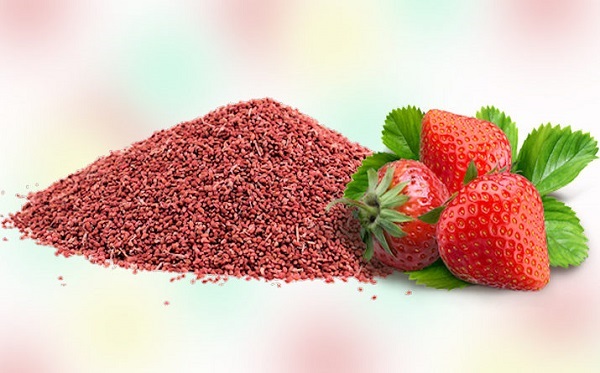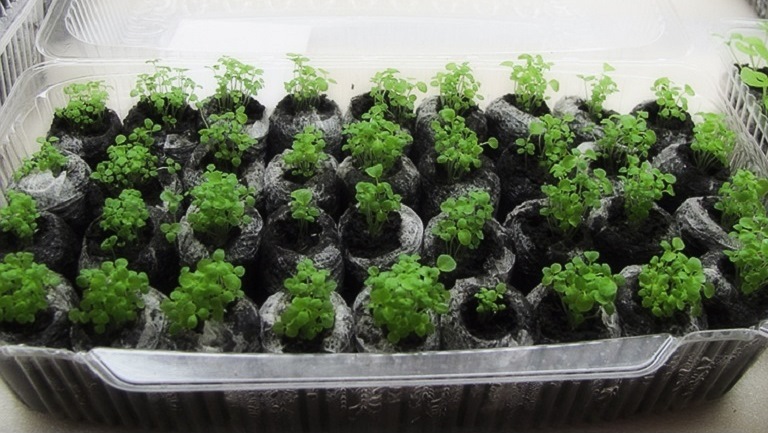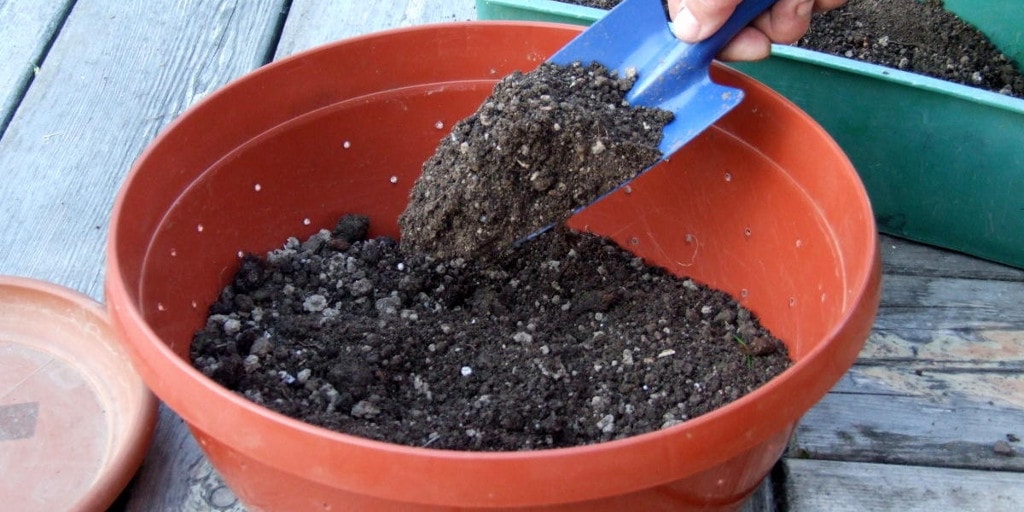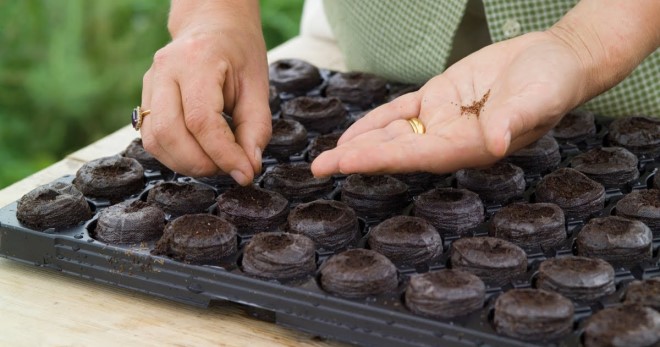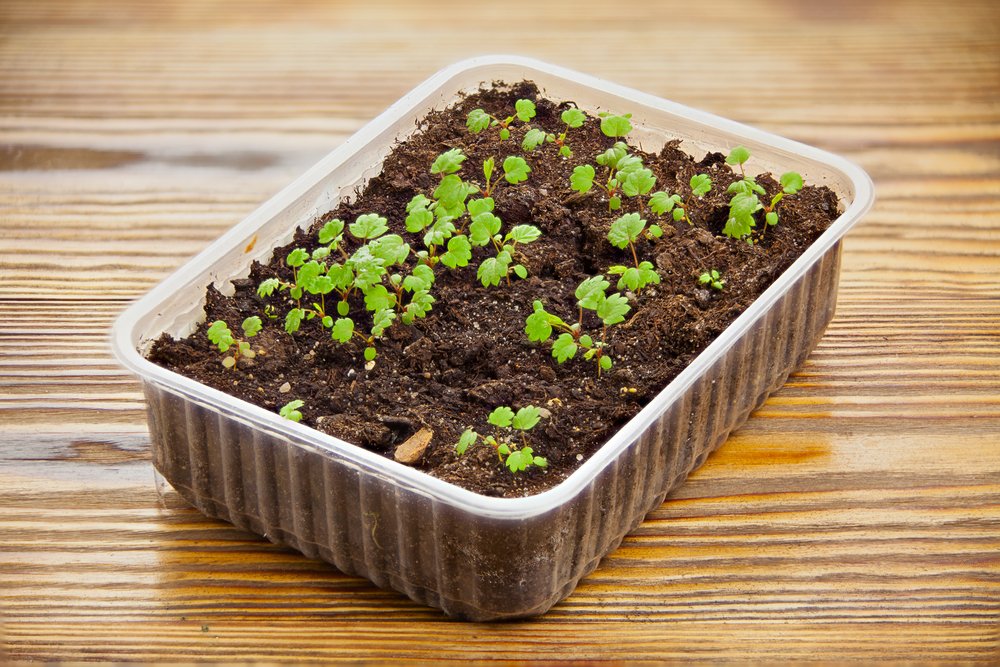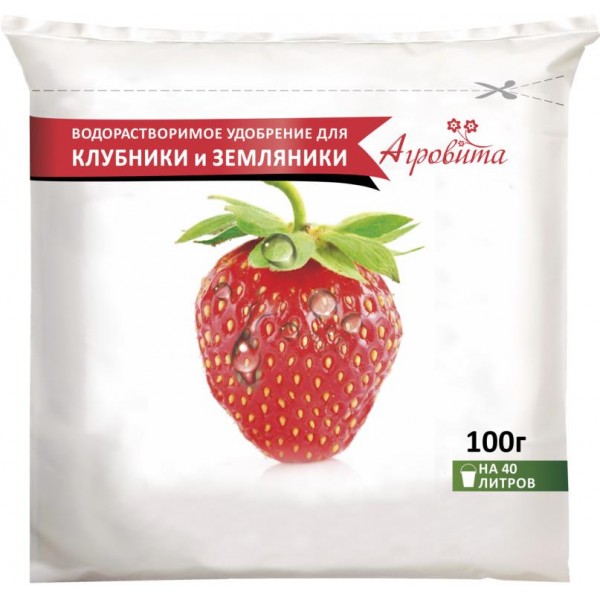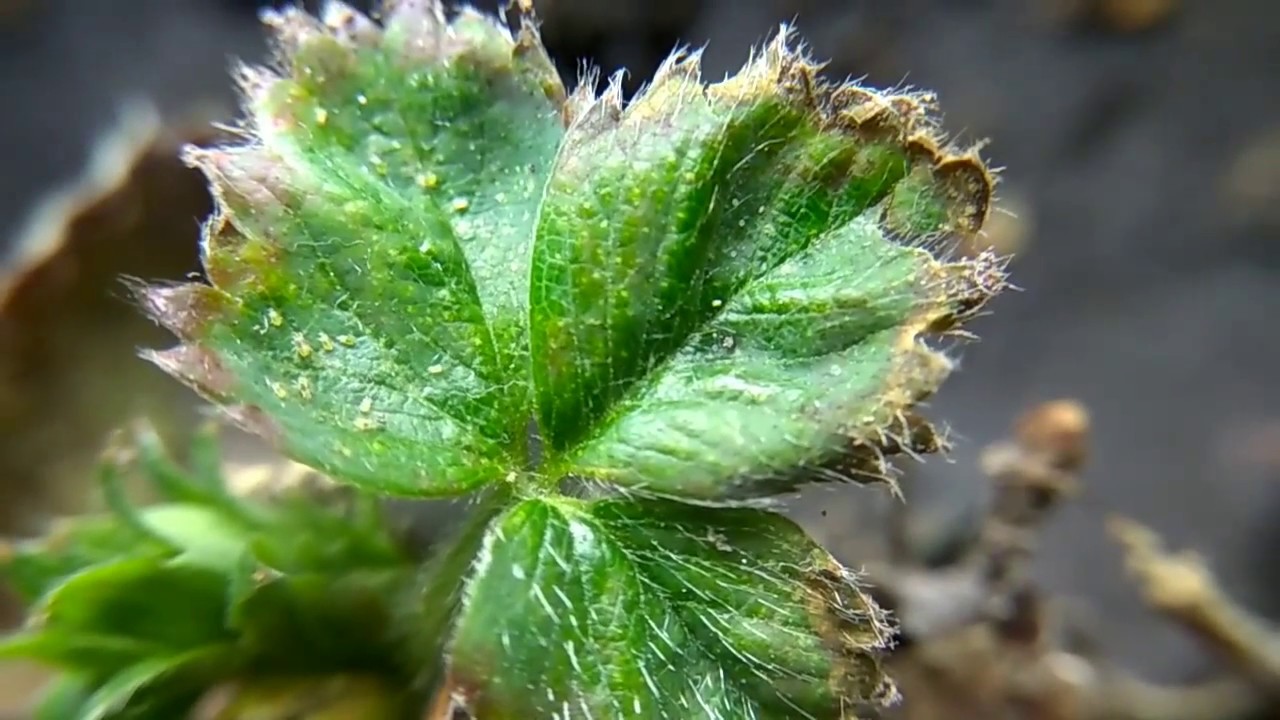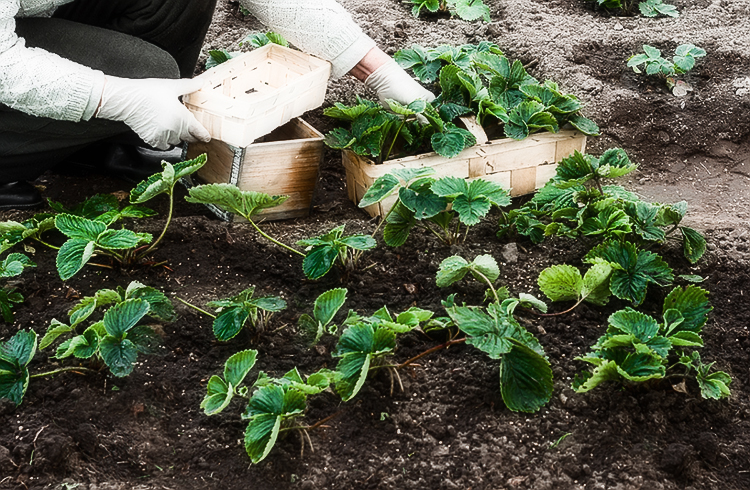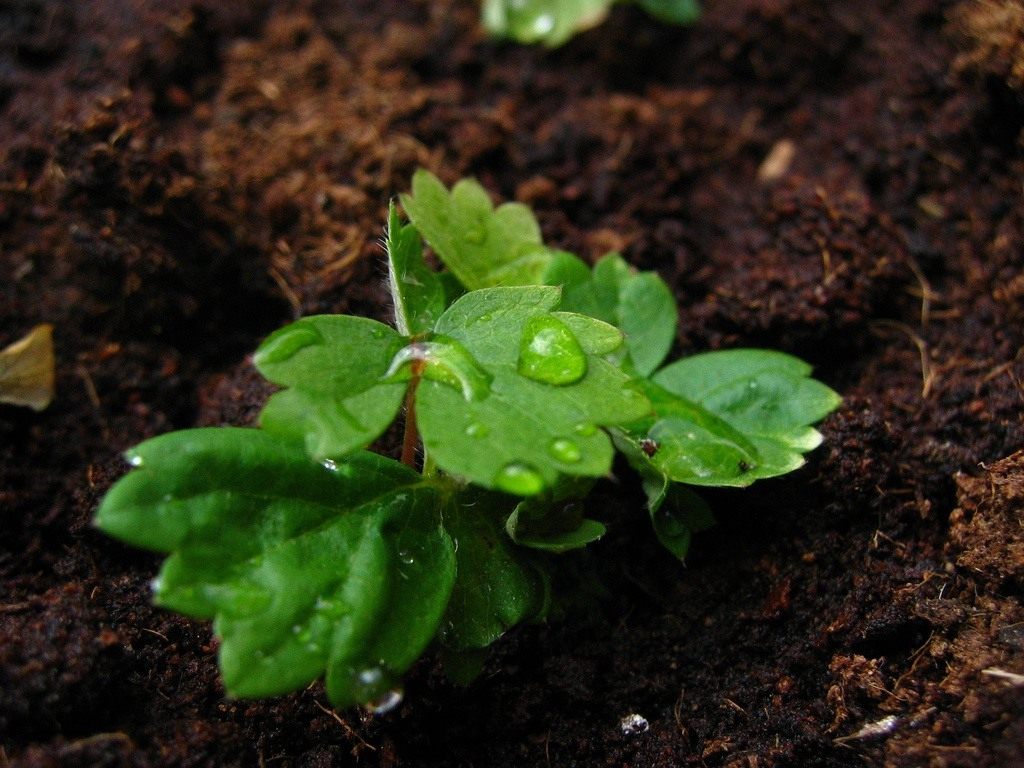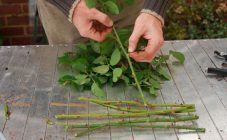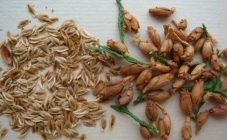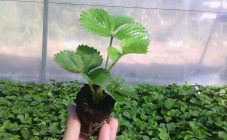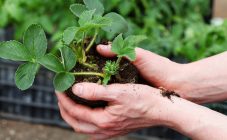Content:
It is difficult to imagine a summer cottage where everyone's favorite strawberries would not be grown. The self-fertility of the culture allows it to reproduce without the participation of the gardener. The bushes produce a mustache with rosettes, with the help of which they spread in breadth. But there are other ways to propagate strawberries.
Breeding information
Mustache is the main option with which summer residents cultivate garden strawberries, cutting off daughter sockets from the mother bush. They are either immediately added in a new place, or first placed in nurseries until next year.
This is basically the case with traditional varieties - the heirs of the classic strawberries. Breeders have bred varieties of strawberries that do not give off branch shoots (so that they do not affect the main crop). Such a culture is propagated by means of seeds - they are formed on the surface of the berry in the form of small dots.
Sometimes they practice growing strawberries from strawberries, planting the cut off top of the berry with the stalk in seedling boxes. Outwardly, it will look as if the strawberry was buried in the ground.
Both options are good in that they allow you to preserve the variety of the crop (although this does not apply to hybrids). Remontants propagate in similar ways.
Seed technology is a lengthy but entertaining process. By choosing the most attractive fruits for collecting planting material, you can improve the characteristics of the variety.
Seed propagation
Store-bought planting material is not a very good choice - strawberry seeds have a limited shelf life. Therefore, it is recommended to harvest them yourself. But first, you need to figure out how to harvest strawberry seeds correctly.
Procurement of planting material
The propagation of garden strawberries by seeds is practiced by experienced summer residents, but beginners can also do this. There are 2 most common methods: drying and rinsing. The most suitable period for ordinary varieties is the end of June, for remontants - autumn.
Option I
- you need to take the most ripe large berry in the garden without signs of rot and damage;
- carefully cut off the top layer of pulp, which contains the seeds;
- put on a dish and put to dry; the plate can be kept under the switched on lamp or on the windowsill on the south side;
- after 4 days, when the pulp is completely dry, the seeds are easily separated;
- the seeds are washed, placed on a paper towel and allowed to dry again.
Packaged in paper bags, mark, indicating the variety and date of collection. The seeds will be needed next spring, so you can put them on the shelf of your kitchen cabinet for now.
Option II
For this method, you will have to use a mixer and a fine sieve. There is no need to cut the seed pulp - the berry is used completely.
The step-by-step algorithm with this technology looks like this:
- strawberries are placed in a mixer and ground;
- the resulting mass is poured into a sieve and washed;
- the collected seeds are laid on paper towels.
Some of the seeds may drain through the cells, so the washing procedure will have to be repeated several times.
Sowing chores
The obtained seeds are used exclusively for forcing seedlings and are not used in open ground. The whole process is divided into a step-by-step algorithm, each stage has its own characteristics. The preparatory moments begin from the end of January, in order to sow seeds in the seedling box closer to March.
Preparing the soil substrate
First you need to take care of the soil in which the seeds will lay. It should be crumbly, loose and contain an optimal amount of fertilizer.
It is proposed to use one of the following options:
- garden soil, humus, sand in a ratio of 1: 1: 3;
- peat, sand, sod land - 1: 1: 2;
- wood ash, garden soil, compost - ½: 3: 3;
- sand and humus - 3: 5;
- vermicompost, coconut fiber - in equal amounts;
- sand, peat, vermiculite - 3: 3: 4.
Each of the soil substrates organically combines components useful for growing strawberry seedlings. Before sowing garden strawberries, the soil is disinfected with a strong manganese solution or ignited in the oven. You can keep it in the refrigerator for a while. Then the substrate is left for 3 weeks in a warm place so that useful microflora multiply there.
Seed preparation
The seed also requires disinfection (half an hour), but already in a weak solution of potassium permanganate. The washed seeds are spread on a damp towel, which is rolled up and placed in a plastic container with holes. After keeping it warm for 2 days, the container is placed in the refrigerator.
Stratification takes 2 weeks. During this time, the seeds are ventilated several times, and the towel is additionally moistened. The readiness of the seeds is judged by their swelling. However, they should not germinate.
Sowing seeds
Those who do not know how to grow strawberries from seeds for seedlings at home, having understood the essence of the process, make sure how simple it is.
Sowing is carried out according to the following instructions:
- prepared soil is placed in a container disinfected with potassium permanganate;
- thicken and moisturize;
- seeds are spread over the surface, spreading evenly at a distance of 3-4 cm;
- without sprinkling the strawberries with earth, cover the container with a lid with ventilation holes;
- put in a warm, well-lit place, but not in direct sunlight (western and eastern windows will do).
If stratification was not carried out for some reason, seeds can be germinated in another way:
- the soil is not moistened;
- snow is laid on top of the seeds with a layer of 2 cm;
- the covered container is placed in the refrigerator for 2 weeks;
- then moved to the windowsill.
In both versions, the lid is removed from the seedling box as soon as the first shoots appear. But there is also a third way - a peat tablet is taken for each seed. They are installed in a container and also covered with a lid, which is removed when the first true leaves appear.
Seedling care
Seeds that have undergone stratification will germinate on the 5th day, and by the 2nd week there will be real leaves on the shoots. At this point, the coating is removed, but they do it gradually so that the sprouts have time to adapt.
The main care for seedlings is as follows:
- Watering stops for a while, and the temperature drops from +23 to +18 degrees. This will stop the growth of seedlings and give them the opportunity to acclimatize;
- In March, the daylight hours are still short for the development of seedlings, so you will have to take care of additional lighting;
- The room where the strawberry develops must be ventilated, but the seedlings should not get caught in a draft;
- Watering is carried out as needed (indicator is soil moisture) at dawn or after sunset, using only warm filtered water;
- Once every 3 weeks, the seedlings are watered with a fungicidal solution to avoid fungal diseases;
- If garden strawberries are germinated not in tablets, then at the stage of 4 full-fledged leaves, a pick is carried out, after watering the soil;
- Before moving the seedling into a separate glass, pinch the central root.
The planted strawberries continue to grow, carrying out loosening and watering. If there was no need for top dressing before the pick, now it's time to apply fertilizers: potassium, phosphorus and a little nitrogen. For these purposes, "Solution" is excellent. Seedlings are fed every 10 days.
Diseases
If the rules of care are violated, seedlings can get sick with a black leg. If the stem at the base is blackened, softened, these sprouts will have to be thrown out, the rest should be treated with "Maxim", "Baktofit", "Fitosporin".
Even if you plant strawberry seedlings in an apartment, you cannot avoid powdery mildew. Its appearance is stimulated by fluctuations in humidity and air temperature, as well as an excess of nitrogen. In this case, the seedlings are treated with biofungicides (Gamaira, Apirina-B, etc.).
Spider mites also grow in seedlings. Acaricide solutions - "Karbofos", "Aktara", "Fitoverm" will help fight them.
Landing in open ground
After waiting for good, warm weather (this is mid-May), do not rush to plant ready-made seedlings in open ground. It is also necessary to adapt it to new conditions. To do this, the cups are placed in a box and during the day they are taken out into an unheated room (on a closed balcony, an apartment loggia or on a veranda, if it is a private house). First, they "walk" for half an hour, increasing the interval every day.
Such actions take 2 weeks. Then the box with seedlings is put out on the street if the air temperature has reached +10 degrees. This must be done one day before the main disembarkation.
On the plot allocated for strawberries, the earth is dug up in advance, immediately destroying wireworms, beetle larvae and removing weeds. When choosing a suitable day for landing, they are guided by the Lunar calendar. But it is desirable to have cloudy weather (no rain). Or they planted strawberries in the late afternoon, when the sun's activity subsides.
The holes are made wide and deep, placing them at a distance of 50 cm.The width of the row spacing can be 40 cm.
Pour the earth into the hole gradually, wetting each layer with water. This will avoid the formation of air spaces in the rhizomes. Having completely filled the hole, the earth is slightly tamped, trying to keep the heart of the bush flush with the soil surface.
Recommendations for beginners
Creating a strawberry "paradise" in the country, novice gardeners make mistakes. The experience of experienced farmers will help to avoid them.
Below are the tips, without the knowledge of which it is difficult to grow high-quality strawberry seedlings:
- Before the seedling boxes with seedlings are opened, make sure that no mold forms there. Daily airing will help to avoid it (the cover is removed for half an hour).
- Condensation forms on the inner surfaces of the container at normal humidity. If not, the soil must be watered.
- When watering seedlings, they try to prevent moisture from getting on the sprouts. It is recommended to use a 5-cube syringe or pipette.
- When organizing supplementary lighting, experienced farmers are advised to install a timer-socket into which a fluorescent, LED or phytolamp is connected. Automation will take care of adjusting the duration of daylight hours.
- When making a dive, you cannot pull out the shoots by the stem. The correct option is to extract only for the cotyledons. Otherwise, the seedling will break off and become unsuitable for further development.
- If weather conditions do not allow planting seedlings in open ground as planned, it is recommended to carry out a second pick into a larger container in order to slow down the growth of strawberries and prevent them from stretching.
Each little trick from the personal practice of experienced summer residents tells you how to grow strawberries from seeds with the least damage. This will allow you to collect good harvests in the future.
Recently, gardeners have become increasingly attracted to hydroponics. Using this technology, strawberry cultivation can be carried out not only in the open field, but also year-round in any room. For this, even an ordinary residential apartment is suitable, where certain conditions are created. The purchased installation will allow you to get, if not a gigantic, then a bountiful harvest for sure.
